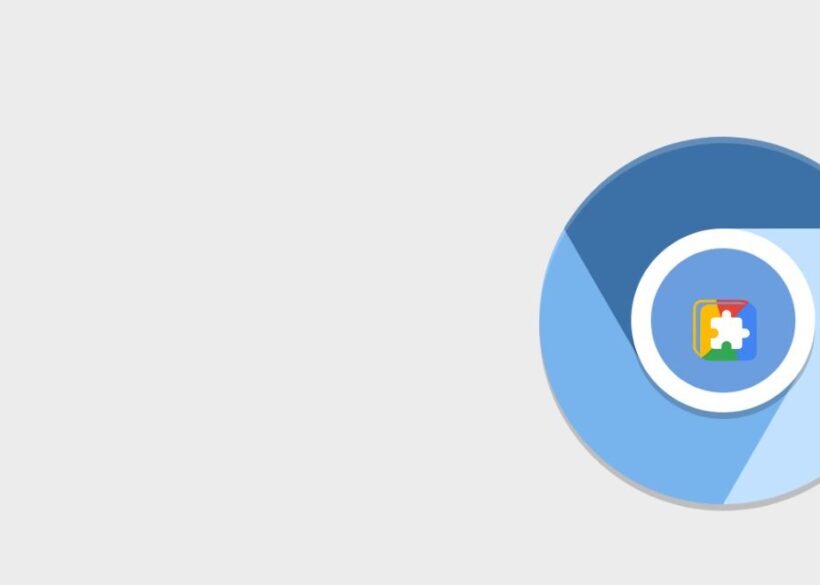The term “disconnect” in the realm of technology encapsulates a multifaceted concept that resonates deeply with our increasingly digital lives. At its core, disconnect refers to a state where a device, service, or user is no longer connected to a network, system, or other users. In the context of modern technology, this term is not just about physical disconnection; it also pertains to the emotional and social aspects of our relationship with technology. Whether it is a momentary loss of internet connectivity, a deliberate choice to unplug, or the psychological impacts of being perpetually connected, the concept of disconnect carries significant weight in understanding our current digital landscape.
Historically, the notion of disconnect has evolved alongside technological advancements. In the early days of computing, disconnect primarily referred to the physical separation of computers from networks or peripherals. For instance, the transition from dial-up connections to broadband dramatically changed how users perceived and experienced connectivity. Dial-up connections were notorious for their frequent disconnections, leading to frustration among users who relied on the internet for communication and information. As technology progressed, the introduction of wireless networks further transformed the meaning of disconnect, as users could now experience intermittent connections while moving through different environments.
Fast forward to the present day, and the term disconnect has taken on a broader significance. In an age where smartphones, tablets, and smart home devices dominate, the implications of being disconnected extend beyond mere technical failures. Many users experience digital fatigue, a phenomenon characterized by feelings of stress and overwhelm stemming from constant connectivity. This ongoing state of being “always on” has led to a growing movement advocating for digital detoxes, where individuals intentionally disconnect from their devices and online interactions. This trend highlights a critical aspect of the disconnect: the need for balance in our digital lives.
As we delve deeper into the implications of disconnect, it is essential to explore its relevance to current trends and innovations. One of the most significant developments in this area is the rise of remote work, accelerated by the COVID-19 pandemic. Many employees found themselves navigating new work environments, often from home, where the lines between work and personal life became increasingly blurred. This shift brought into focus the concept of “work-life balance,” where disconnecting from work-related communications after hours became essential for mental health. Companies began to recognize the importance of allowing employees to disengage from work to foster productivity and creativity.
Moreover, the advent of various applications and tools aimed at enhancing productivity has also brought about a renewed understanding of disconnect. Technologies such as “Do Not Disturb” modes on smartphones and focus-enhancing apps allow users to manage their connectivity actively. These tools empower individuals to take control of their digital interactions, enabling them to disconnect when necessary to maintain focus and reduce stress. As a result, the concept of disconnect is no longer seen merely as a disruption but rather as a strategic choice that enhances overall well-being.
In the context of social media, disconnect holds particular significance. The pervasive nature of social media platforms has created an environment where users are constantly bombarded with information, notifications, and interactions. This phenomenon can lead to feelings of anxiety, inadequacy, or loneliness, prompting users to seek periods of disconnection. Social media breaks have emerged as a popular strategy for mental health maintenance, allowing individuals to step back from the digital noise and reconnect with their offline lives. This intentional disconnect fosters a sense of clarity and helps individuals reassess their relationship with technology, ultimately leading to healthier engagement with social media platforms.
Furthermore, the rise of smart technologies and the Internet of Things (IoT) has introduced new dimensions to the concept of disconnect. While these innovations offer unparalleled convenience and connectivity, they also raise concerns regarding privacy and security. The idea of being constantly connected can lead to feelings of vulnerability, prompting users to consider the implications of their digital presence. Disconnecting from certain devices or services can serve as a protective measure, allowing users to regain control over their personal data and reduce exposure to potential risks. This evolving relationship with technology emphasizes the necessity of understanding when and how to disconnect in order to safeguard one’s digital identity.
As we look to the future, the concept of disconnect will likely continue to evolve as new technologies emerge. The growing emphasis on mental health and well-being in the workplace suggests that organizations will increasingly prioritize policies that encourage digital disconnect. Initiatives such as mandatory downtime, mental health days, and wellness programs will become more commonplace as companies recognize the value of supporting their employees’ mental health through intentional disconnection.
In addition, advancements in artificial intelligence (AI) and machine learning will further influence how we navigate connectivity and disconnect. As these technologies become more integrated into our daily lives, they may facilitate more personalized experiences, allowing users to tailor their connectivity based on their preferences. For example, AI-driven applications could analyze users’ behaviors and suggest optimal times to disconnect, promoting a healthier digital lifestyle.
In conclusion, the term disconnect encapsulates a critical aspect of our modern technological landscape. From its historical roots in physical disconnection to its current relevance in mental health and workplace dynamics, the concept has evolved significantly. As technology continues to advance, understanding and managing disconnect will remain essential for individuals seeking to balance their digital lives. Whether through intentional breaks from device usage, strategic use of productivity tools, or corporate policies that promote mental well-being, the ability to disconnect will play a pivotal role in shaping our relationship with technology in the years to come. Embracing the concept of disconnect not only enhances personal well-being but also fosters a more thoughtful engagement with the digital world, paving the way for a healthier, more balanced future.




